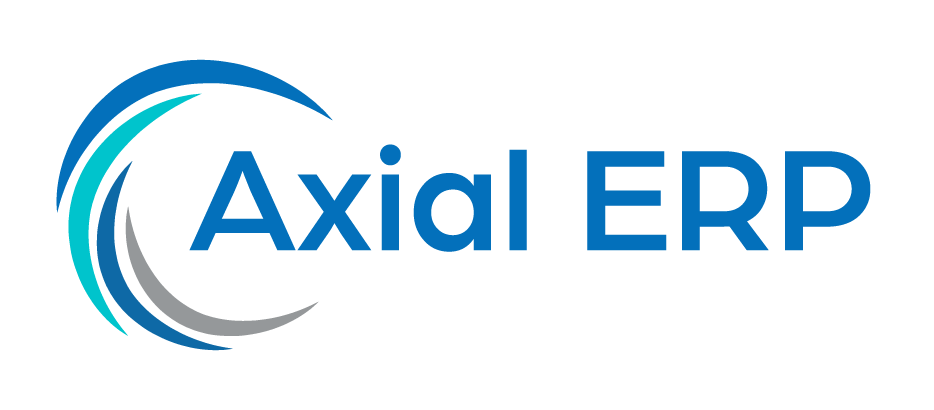Optimization of Product Distribution Strategies with ERP Solutions
In today’s dynamic business world, efficiency in product distribution is a crucial factor for the success of any organization. Effective supply chain management and optimization of distribution strategies are essential to ensure that the right products reach the right place, at the right time, and at the lowest possible cost. This is where Enterprise Resource Planning (ERP) solutions come into play, which have become an indispensable tool for companies looking to improve their competitiveness and performance.
What is ERP and How Can It Help in Product Distribution?
An ERP system integrates critical business processes into a single platform, facilitating the management of operations such as finance, human resources, production, and logistics. In the context of product distribution, an ERP helps to:
- Automate and optimize workflows.
- Improve inventory accuracy.
- Facilitate demand planning and stock replenishment.
- Improve management of customer and supplier relationships.
- Reduce operating and distribution costs.
By integrating these functions, companies can more effectively respond to changing market conditions, improve customer satisfaction, and increase profitability.
Distribution Strategies Enhanced with ERP
ERP solutions enable companies to adopt and improve distribution strategies such as:
- Direct distribution and cross-docking, minimizing the need for storage.
- Just-In-Time (JIT) inventory models, reducing excess stock and associated costs.
- Advanced Planning and Scheduling (APS) for better resource allocation.
- Transportation Management System (TMS) to optimize routes and reduce shipping costs.
Implementing these strategies with the support of an ERP can lead to more efficient distribution and a more agile and responsive supply chain.
Key Benefits of ERP in Product Distribution
Companies that implement ERP solutions can experience significant benefits, such as:
- Real-time visibility of inventory and distribution operations.
- Improved decision-making based on accurate and up-to-date data.
- Reduction of human errors and improvement in operational efficiency.
- Ability to quickly adapt to market demands and changes in the supply chain.
- Improved internal collaboration and collaboration with business partners.
Implementing an ERP involves an initial investment, but the long-term benefits in optimizing product distribution can be substantial.
Challenges in Implementing ERP for Distribution
Despite its many benefits, implementing an ERP system can present challenges such as employee resistance to change, the need for proper training, and the importance of choosing a solution that fits the specific needs of the company. Careful and planned implementation is essential to overcome these obstacles and ensure the success of the system.
Conclusion
ERP solutions are a powerful tool for optimizing product distribution strategies. By integrating and automating business processes, companies can improve efficiency, reduce costs, and increase customer satisfaction. Although implementation can be challenging, the long-term benefits justify the investment.
Product distribution is a vital component of the supply chain, and with the right tools, companies can ensure that their distribution strategies are always one step ahead in a competitive market.



